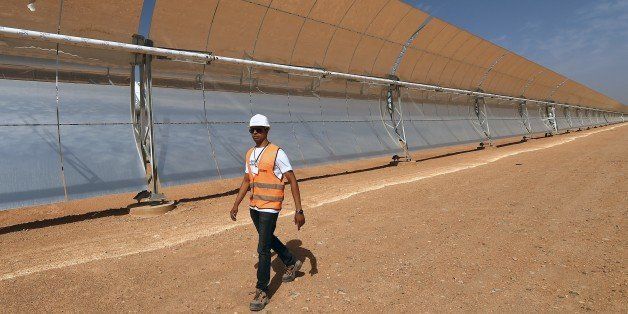
Only recently, I read in a publication of the Atlantic Council written by Fred Kempe that energy renewables have surpassed coal in power-producing capacity for the first time in history. It is exciting and sensational to learn that such a change in structure of energy sources has occurred.
For years, I have been researching and analyzing the implications of global warming popularly known as Climate Change, arguing that the relation between global warming and energy sources is of crucial importance in tackling both.
It is impossible to address global warming without introducing renewable energies as a major source for all man-driven activities. From industry to households, from services to construction, from development to building, and from education to security, the concepts of renewable energy and climate change are interrelated and highly relevant for our daily living.
The 19th century was marked by the first industrial revolution, with coal as its engine. The 20th century brought us the second industrial revolution based on fossil fuels as its driving force. And now the 21st century will introduce the third industrial revolution through the use of renewable energies as the predominant source of economic growth and sustainable development.
The successful implementation of the Paris Agreement on Climate Change will to great extent depend on the comprehensive and intensive transformation of energy sources toward renewables.
The growing number of metropolitan cities that exceed 10 million people in population and will soon reach the level of 30 million people require clean energy as an indispensable urban-policy planning factor. The other alternative is catastrophic pollution with unforeseeable consequences for the population across the globe.
Every transformation process by default implies time as an important factor. Therefore, people and policy makers will be tempted to use all the available resources of energy in the short run. However, meanwhile and especially in the long run, the inclination toward renewable sources of energy will prevail, not at least because of climate-change threats.
Morocco sets a very good example for a nation with a precise sustainable-development strategy plan and can serve as a role model for renewable-energy policies. The solar complex Noor and the development of wind parks are measures that are extremely relevant and will ultimately contribute to Morocco reaching its goal of generating 52 percent of its electricity exactly from renewable energy.
Placing emphasis on the implementation of the Paris Agreement, which includes development of a concise rule book, as well as finance for climate adaptation and mitigation in developing countries, also represents a key component. The 100 billion dollar-per-year roadmap proposal is obviously of crucial importance in the complex implementation process of the Paris Agreement.
The integral approach of COP22, which includes concepts and themes such as agriculture, farming and food, energy, forests, oceans, transportation, gender, as well as focusing on accelerating and mobilizing climate action by non-state party actors, is expected to be the value added of COP22.
This post is part of a series produced by The Huffington Post, in conjunction with the U.N.'s 22nd Conference of the Parties (COP22) in Morocco (Nov. 7-18), aka the climate-change conference. The series will put a spotlight on climate-change issues and the conference itself. To view the entire series, visit here.